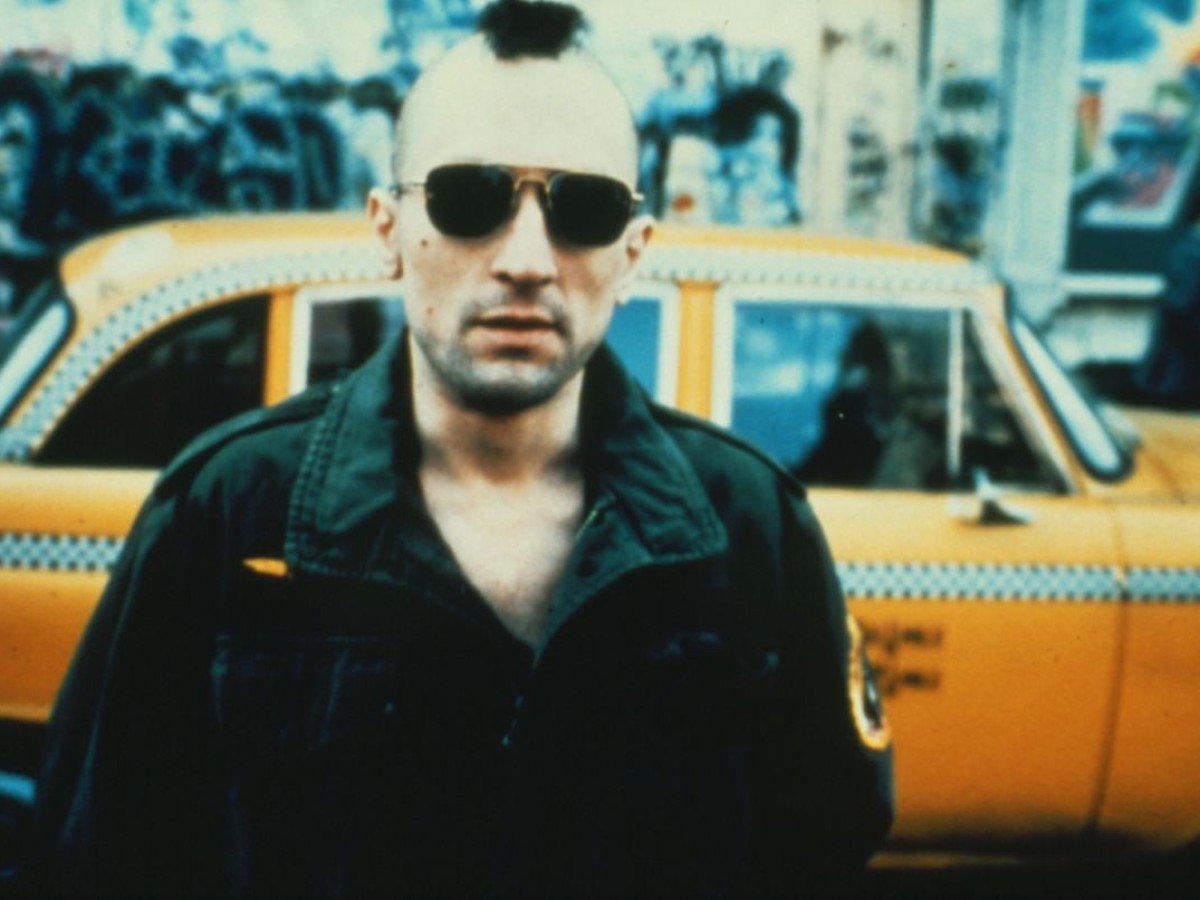New Hollywood 1966-1978. Part 2
In April, the Film Museum will focus on the second part of the "New Hollywood" retrospective, displaying the turbulent American cinema of the 1960's and 70's which was open to all sorts of new currents and directions. Part 2 deals with films made between 1973 and 1978.
Paradoxically, this era also saw „creativity under stress“, even though some of the archetypal New Hollywood films were created precisely in these years, such as Polanski's Chinatown, Scorsese's Taxi Driver, Altman's Nashville or Coppola's immensely rich sequel to his original success story, The Godfather II. At the same time, however, the sudden freedom for new talent (in the years 1970/71) was starting to be hemmed in. Most of the experiments made in the wake of Easy Rider failed to live up to the studios‘ commercial expectations. The truly radical films in the second part of this show (Speaking Directly, Film About a Woman Who ..., Milestones) were achieved entirely outside the traditional studio context, and their respective directors – Jon Jost, Yvonne Rainer, Robert Kramer – never developed a lasting bond with the film industry.
For genre films, an area which to a certain degree remained commercially safe territory, the heyday wasn't quite over. Alongside the masterpieces already mentioned, many films acted as emissaries of the subversive and inflamed mood in the country, such as Assault on Precinct 13, John Carpenter's exemplary transcription of Rio Bravo into the zone of anonymous, violent suburbia. Acute political and social anxieties left their mark on the genre films of those years, whether the themes were Vietnam (Taxi Driver, The Last Detail), assassinations or Watergate (The Parallax View, The Conversation). The most amazing conception to match the paranoia of the timeswould have to be Larry Cohen's fusion of mythology and pulp: God Told Me To.
